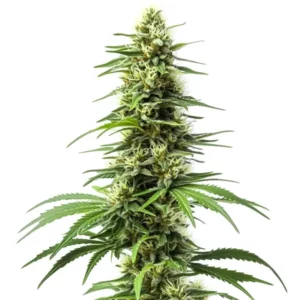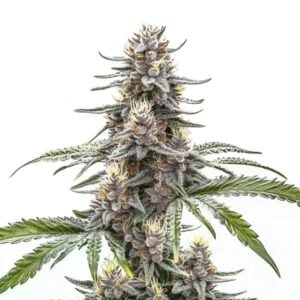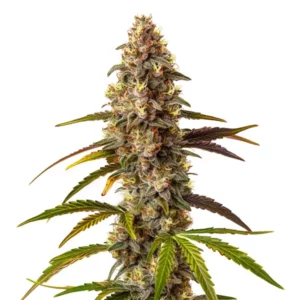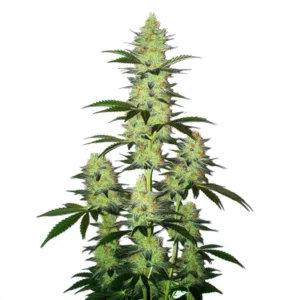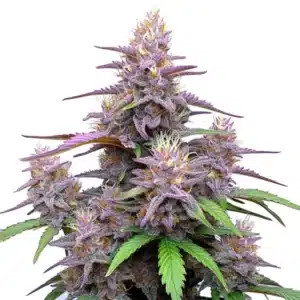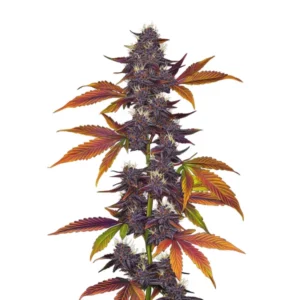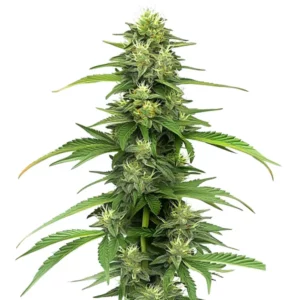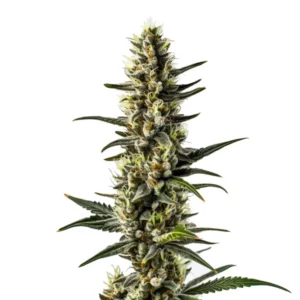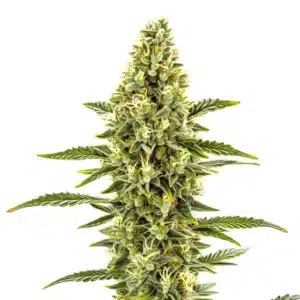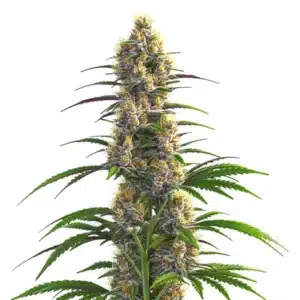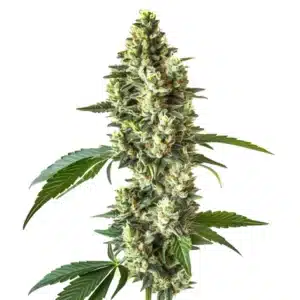
CBD for Cold and Flu: A Natural Approach
As the cold and flu season approaches, many people seek natural alternatives to cope with their symptoms. One such alternative that has gained attention is CBD, or cannabidiol. This compound is derived from the cannabis plant and has been studied for its diverse therapeutic properties. With a growing interest in CBD, it’s worth considering how it may help during the discomfort of viral illnesses.
What is CBD?
CBD is one of over 100 cannabinoids found in the cannabis plant. Unlike THC, the main psychoactive compound in cannabis, CBD does not produce a “high.” This makes CBD appealing to those who want to benefit from the plant without any mind-altering effects. Research suggests that CBD interacts with the endocannabinoid system in our bodies, which plays a critical role in regulating various functions such as immune response, pain sensation, and mood.
Recommended Strains
Harlequin
|
|
THC | 3% - 6% (Low) |
|
|
Type | Feminized |
|
|
Yield | High |
|
|
Phenotype | 25% Indica / 75% Sativa |
Cannatonic
|
|
THC | 4% - 6% (Low) |
|
|
Type | Feminized |
|
|
Yield | High |
|
|
Phenotype | 50% Indica / 50% Sativa |
Due to its interaction with the body’s systems, CBD is being explored for various health uses. People are utilizing it to alleviate anxiety, manage chronic discomfort, and more recently, to support their health during cold and flu season. However, it’s crucial to research and understand what CBD can genuinely offer when it comes to these specific circumstances.
Promos & Deals
How CBD May Help Alleviate Cold and Flu Symptoms
Many individuals report using CBD for relief from symptoms associated with colds and flu. Here are a few ways in which CBD might assist:
- Anti-inflammatory effects: CBD has properties that may reduce inflammation, potentially relieving symptoms such as a sore throat and nasal congestion.
- Pain relief: If you’re experiencing body aches or headaches due to illness, CBD could provide some relief. Its potential pain-relieving effects have attracted considerable attention.
- Enhanced sleep quality: Quality rest is essential for recovery. Some people find that using CBD helps improve sleep quality, allowing the body to heal more efficiently and quickly.
- Support for immune function: Although more research is required in this area, emerging studies suggest CBD could influence immune system function, possibly contributing to a more robust response to infections.
These potential benefits make CBD an interesting option for individuals facing the discomfort that often accompanies a cold or flu. However, it’s vital to bear in mind that responses to CBD can differ significantly, and what works for one person may not yield the same results for another.

Using CBD Products Effectively
When looking to incorporate CBD into your cold and flu relief strategy, consider the different forms available. These include:
- Oils and tinctures: These can be taken sublingually for rapid absorption and often come in various strengths, allowing you to find the appropriate dosage for your needs.
- Edibles: CBD-infused gummies and snacks provide a delicious way to consume CBD, though they may take longer to take effect because they must be digested first.
- Topicals: Creams, gels, and balms can be applied directly to painful areas, potentially providing targeted relief, especially for body aches.
Choosing the right product can depend on your symptoms and personal preferences. For instance, if you’re struggling with severe body aches and are seeking quick relief, a tincture might be the most effective option. Conversely, if you have a sore throat, a soothing hot tea infused with CBD could be a wonderfully comforting approach. Experimenting with various forms may help you discover what works best for you.
Potential Side Effects of CBD
While CBD is generally well-tolerated, it’s essential to be aware that it can carry some side effects. Understanding these can help you make an informed decision about whether to try CBD for cold and flu symptoms. Common side effects may include:
- Experiencing drowsiness or fatigue
- Feelings of dizziness
- Changes in appetite, either increased or decreased
- A dry sensation in the mouth
If you are new to CBD, it’s wise to begin with a lower dose. This low starting point allows you to observe how your body reacts before adjusting the dosage. And always remember, if you have concerns about using CBD, especially if you’re taking any medications, consulting a healthcare professional is always a good practice.
Choosing Quality CBD Products: What to Look For
When shopping for CBD products, quality should be a top consideration. Not all CBD products are created equal, and variables such as the source of the CBD, extraction method, and third-party testing can significantly influence the effectiveness and safety of the product.
Look for products that provide transparent labeling, including the concentration of CBD and additional ingredients. Brands that have their products independently tested can offer greater reassurance about purity and potency. By prioritizing quality over price, you increase the likelihood of effectively supporting your health during cold and flu season.

Recommended CBD Strains for Therapeutic Effects
If you are considering using cannabis for its therapeutic benefits, certain strains may offer beneficial properties that complement the effects of CBD. Here are three strains worth noting:
- ACDC: This strain is renowned for its high CBD and low THC content, making it ideal for pain relief and relaxation without any psychoactive effects. Users appreciate its calming properties, which can be especially comforting during cold symptoms.
- Harlequin: With a balanced ratio of CBD and THC, Harlequin provides a mild euphoria paired with effective discomfort relief. It’s often sought for its uplifting effects, making it a great choice for those who desire some energy while feeling under the weather.
- Cannatonic: Cannatonic is highly regarded for its medicinal properties, boasting elevated levels of CBD. This strain frequently helps users manage pain and stress, offering a gentle, relaxing experience that aids in recovery.
Practicing Responsible Use of CBD
Being mindful about how you use CBD ensures a safer experience. Start with smaller amounts and observe how you feel, as individual responses can vary widely. It’s effective to track your experiences to evaluate what might work best for you. Keeping a journal can help you note any improvements or side effects you might encounter.
Additionally, being informed about what you’re consuming is essential. If you prefer a dosing schedule or regimen, consider structuring it based on your personal experience. This method allows you to adjust as necessary depending on your symptoms at the time.

Frequently Asked Questions about CBD and Cold and Flu Symptoms
Can CBD contribute to reducing cold and flu symptoms?
Many users report relief during cold and flu season, noting a decrease in symptoms such as body aches and sore throats when using CBD. Its anti-inflammatory properties may provide some comfort. However, it’s critical to remember that results can differ from person to person—and more research is needed to confirm its overall effectiveness in treating such symptoms.
Is CBD safe to combine with other medications?
While CBD is generally considered safe, it can interact with certain medications. If you are currently on prescription drugs, it’s always best to consult with a healthcare professional before introducing CBD into your routine.
How can I find the right dosage for CBD?
Finding the right dosage often requires some experimentation, as individual responses to CBD can vary. Starting with a smaller dose (5-10 mg) and gradually increasing it until you discover what feels right is a practical approach. Remember, everyone is different, so tailor the dosage to suit your needs.
Are there side effects associated with CBD?
Possible side effects can include drowsiness, dry mouth, and changes in appetite. While these side effects tend to be mild, it’s essential to monitor your body’s reactions and discontinue use if any severe or unusual reactions occur. Consulting a healthcare professional when in doubt is always advisable.


